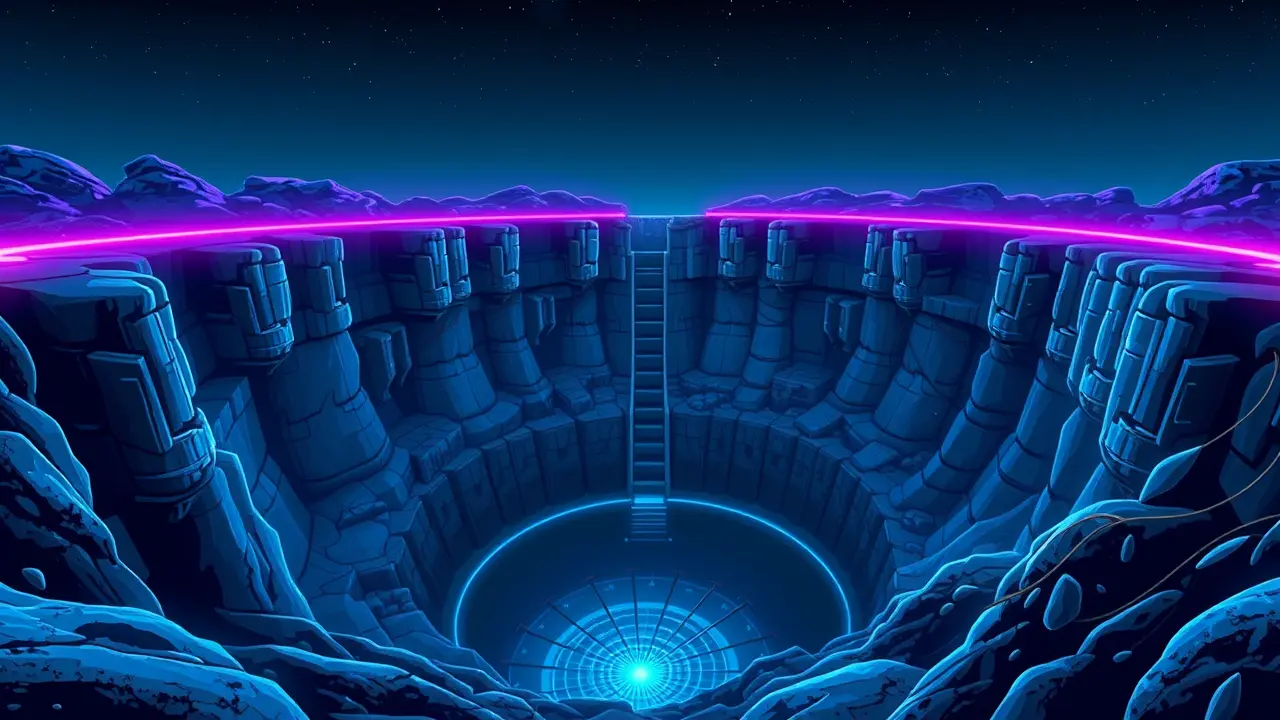Ancient Roman City Reveals Massive Water Basin.
In a discovery that fundamentally recalibrates our understanding of ancient Roman civil engineering, archaeologists have unearthed a monumental water basin at the site of Gabii, a city that once rivaled early Rome itself. This isn't just another relic; it's a behemoth, a stone-lined colossus carved directly into the living bedrock, a testament to an ambition that feels almost interplanetary in its scale.Imagine the sheer force of will required for such a project over 2,200 years ago—this was an era without powered machinery, where engineering was a brutal, physical dialogue with the earth, a symphony of levers, pulleys, and human sweat set against a backdrop of emerging republican ideals. The basin's dimensions are staggering, dwarfing similar structures from the period and suggesting that Gabii was not merely a neighbor to Rome but a formidable peer, a crucible of technological innovation whose hydraulic prowess may have even inspired the later aqueducts that became the empire's circulatory system.Think of it as the Saturn V rocket of its day—a massive, foundational piece of infrastructure that enabled everything else, from public health to urban density. Experts are now positing that this was far more than a simple reservoir; it was likely the central node in a complex hydrological network, a regulating heart that managed water flow for everything from public fountains and lavish baths to the vital irrigation that sustained the city's agriculture, effectively acting as the ancient equivalent of a modern water treatment and distribution plant.This discovery sends ripples through the field of classical archaeology, forcing a reassessment of the timeline for large-scale public works in Italy and posing profound questions about the transfer of knowledge between these two powerful Latin centers. Was Rome the sole genius of the ancient world, or were we merely looking at the most successful inheritor of a technological legacy born in places like Gabii? The bedrock itself, scarred with the meticulous tool marks of its creators, tells a story of a society thinking in centuries, not seasons, an ambition to master the environment that echoes our own modern endeavors to terraform Mars or harness the power of the tides. This isn't just a hole in the ground; it's a window into the Roman mind, a declaration of intent carved in stone, reminding us that the drive to build, to control, and to leave a permanent mark on the universe is a constant across the vast expanse of human history.
CH
ChronoWanderer7 hours ago
reading this from the year 2099, still relevant smh we still haven't figured out how they did half this stuff tbh
0
© 2025 Outpoll Service LTD. All rights reserved.
